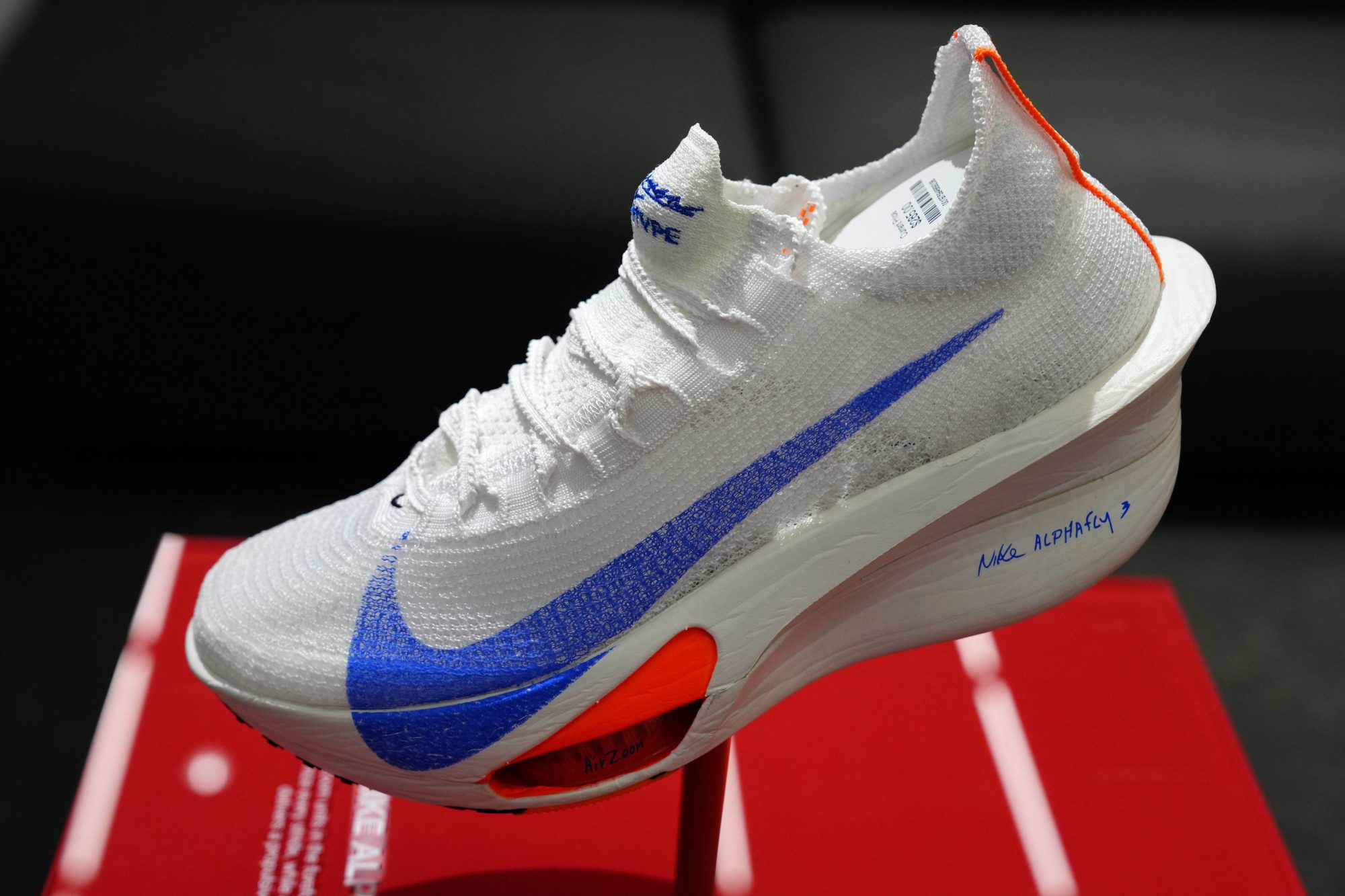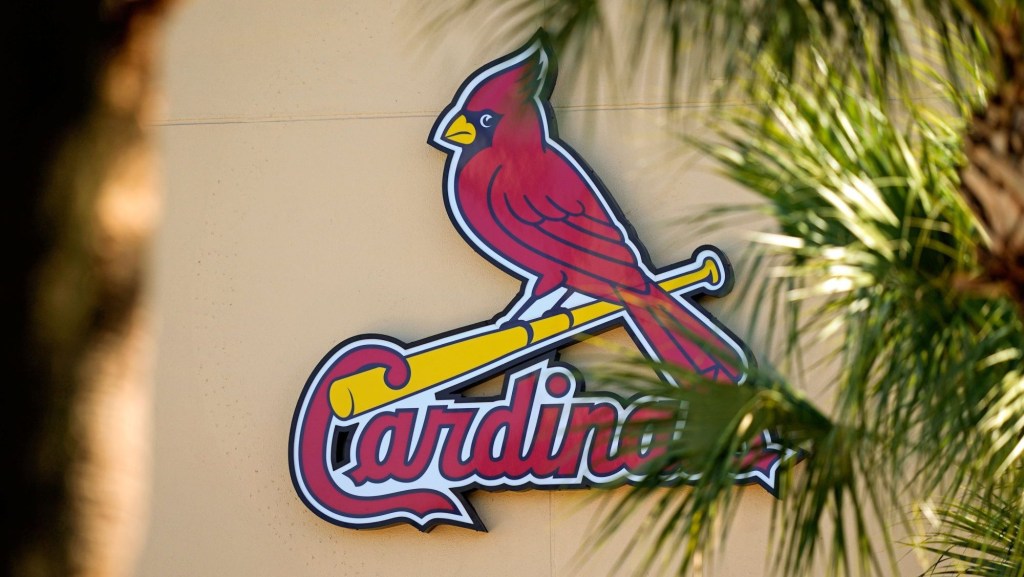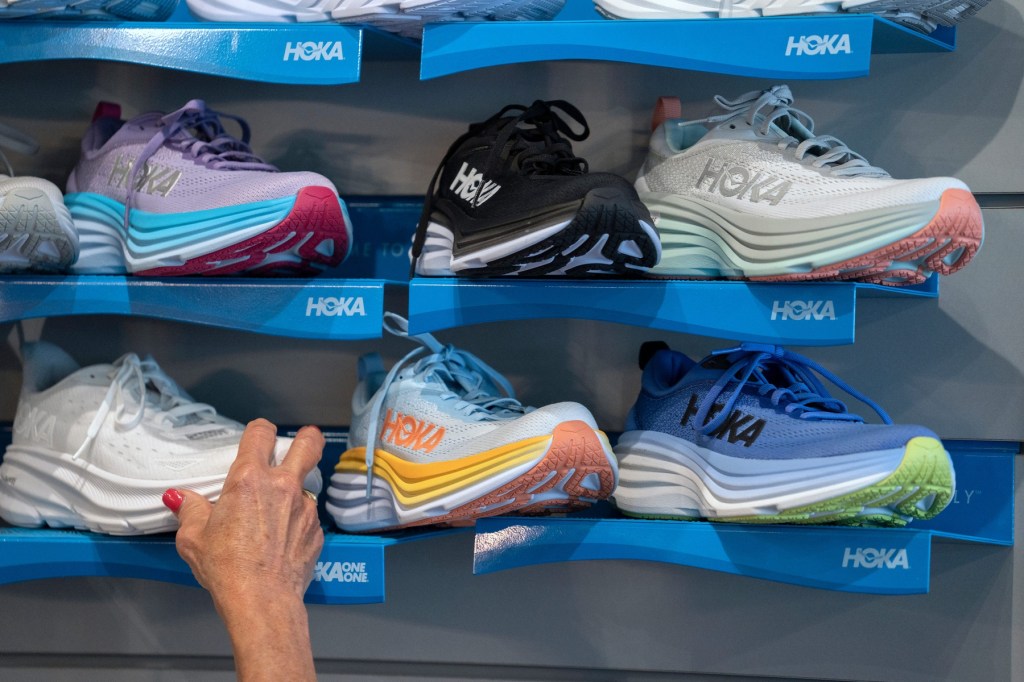Nike reported a drop in revenues in its fiscal 2025 second quarter, the company’s first since Elliott Hill formally took the CEO job in October. The sportswear giant said revenue came in at $12.4 billion, an 8% drop from the same period ago, but higher than last quarter.
Analysts have been closely watching the sneaker giant for even faint signs of a turnaround as Nike has been battling fading demand for once-high-performing product lines like Air Force 1s, Air Jordan 1s, and Dunks, and rising competition from upstarts Hoka and On.
Analysts estimated revenue of $12.18 billion (about 9% lower than the year-ago period), and 64 cents in earnings per share. The stock rose nearly 8% in after-hours trading, with investors likely pleased results were slightly better than what analysts forecast.
The fiscal second covers the three-month period ending Nov. 30; Hill officially took the helm in mid-October.
Direct-to-consumer sales were also lower in the quarter: down 13% to $5 billion. Gross margin dropped to 43.6%, “primarily due to higher discounts and changes in channel mix, partially offset by lower product input costs as well as lower warehousing and logistics cost,” the company said.
“We’re taking immediate action to reposition our business, so we can get back to driving long-term shareholder value. Our team is ready to go, and I’m confident you will see more moments of Nike being Nike again,” Hill said in the earnings statement. CFO Matthew Friend said the company is making “progress in shifting our portfolio.”
Standing immediately in the way of any Nike resurgence is its continuing need to reduce the presence of some of its popular franchises Dunk and Air Force 1s are “still in the thick of clearance,” with the third wave of discounts “picking up into holidays as inventory remains stubbornly high, not helped by an endless flow of new Dunk colorways launching,” according to Bernstein analysts.
Nike has been working to clear out stale inventory of these three franchises—including hefty discounts at the wholesale and retail levels—before the company introduces new products. The lack of compelling new and innovative products has dogged Nike in the past several quarters; previous CEO John Donahoe conceded the need to build “a robust pipeline of innovation” earlier this year.
On the earnings call following the earnings release, Hill said traffic in Nike’s direct-to-consumer channels have softened, with the result being “we’ve become far too promotional,” adding that “our digital platforms are delivering a 50-50 split of promotional sales with a level of markdown that affects the brand, disrupts the overall marketplace.” Hill said Nike will return to be a “premium destination.”
Of particular interest to analysts is what Hill says about the strategy to return Nike to growth and how long it will take, the product innovation pipeline and what changes might come to the company’s distribution strategy.
“Where are we in the product clearance journey? When do we reach the inflection point when stale product is cleared and new launches can start building brand heat?” Bernstein retail analyst Aneesha Sherman wrote in a recent note.
Investors want to see old products cleared out as well as new products coming into the mix “to generate brand heat,” Sherman wrote. But based on its Q2 earnings, the process is far from finished.
China is another area of concern: The Beaverton, Ore., retailer reported an 11% drop in revenue (coming from footwear, apparel, and equipment) from greater China. Nike still ranks near the top among all brands for quality and performance among Chinese consumers, but its long dominance is waning as local brands gain ground and smaller brands like On spark demand.
Meaningful change will take a few quarters. Cristina Fernández, retail analyst at Telsey Advisory Group, expected the brand’s lifestyle category of footwear to be the weakest; she also expected guidance for the third quarter to be soft, with sales down 9% year over year and declining gross margin.
The results come at a time of flux for Nike’s relationship with retailers that carry its products.
Foot Locker reported a sales and earnings miss in the third quarter this month, in part driven by a weaker consumer and too much discounting, which can dilute brand value. And on a call with analysts, an executive noted that among other challenges, the chain was “contending with some more recent softness” from Nike, its largest brand partner, which also impacted results.
In October Nike reported a 10% drop in revenue for its fiscal first-quarter, in line with estimates it provided last quarter. Revenues came in at $11.6 billion.

















